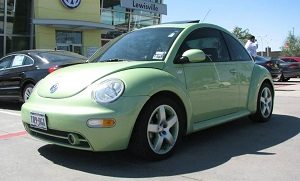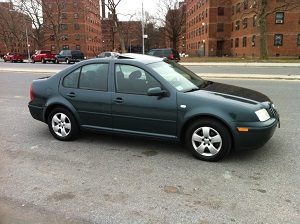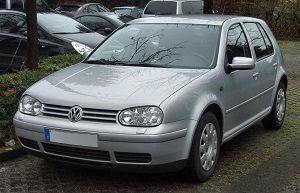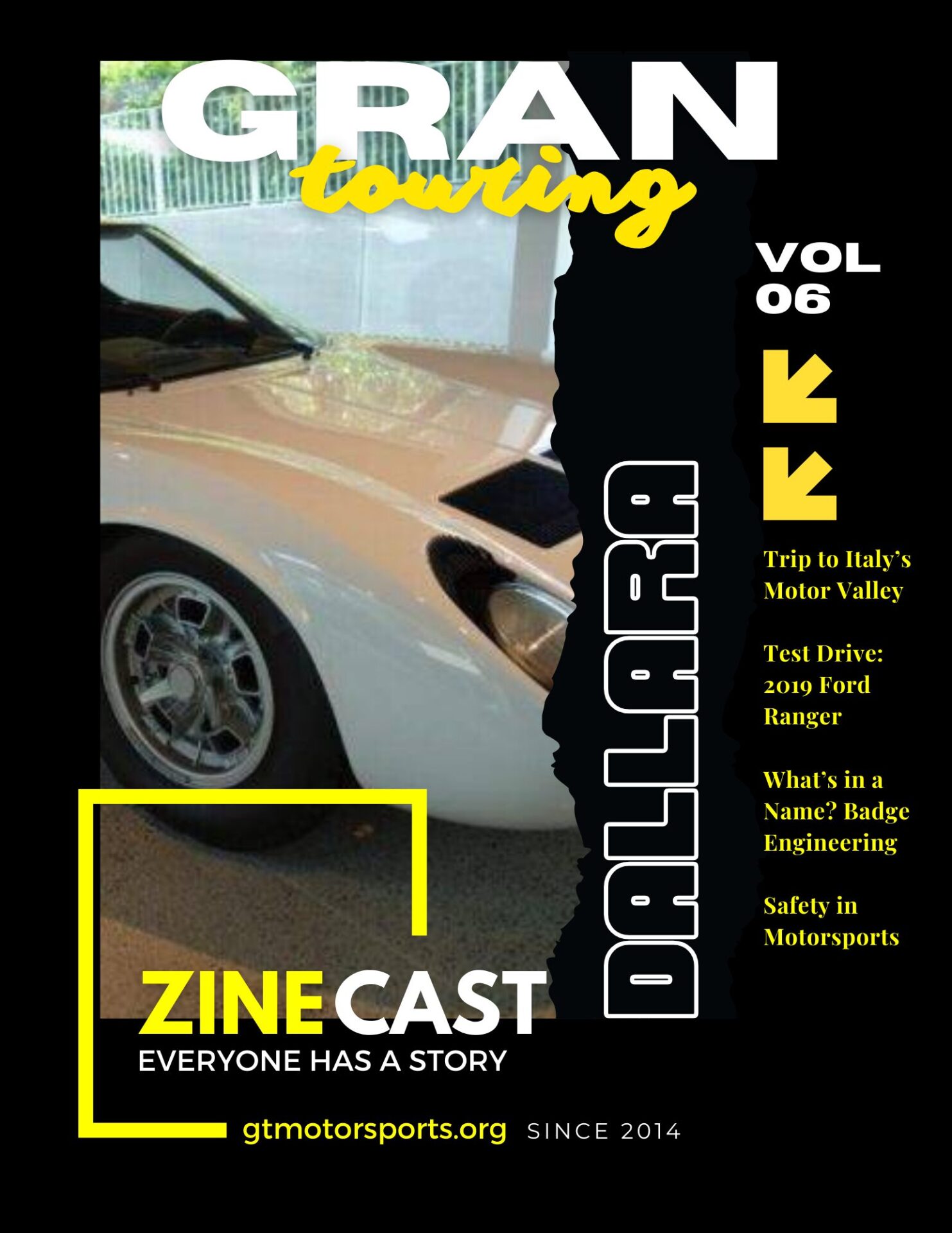It’s not uncommon for us to receive an email like this from friends or co-workers. Mind you, the emails we get are never more detailed than what you see above, but it’s enough to start the conversation. The next logical questions are obviously: how old?, how many miles? and what’s your budget?
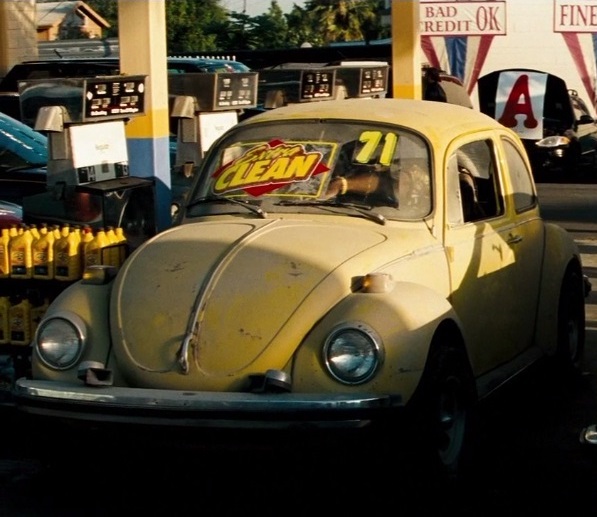
It’s always a blessing when you get clarification that the driver doesn’t want a Type-411 “Square Back”, Type-2 Bus or Beetle from the late ‘60s. Generally, folks are looking for something built in either the last 5 years or the last 10-12 years based on their budget. With that extra bit of information we can usually make a base level recommendation. These are aren’t always for or against purchasing a VAG product, but based on living with these vehicles everyday for generations, some of us at GTM might know a thing or two about Volkswagens.
The original “Beetle” was the longest running production car ever made, globally (first sold in 1938), even though sales of the Beetle ceased in America in the late ‘70s, production and sales continued in Mexico and abroad until 2003! It’s true, you could still buy a vintage style Beetle right alongside a “New Beetle” built in the same factory from 1998-2003! #trivianight. The “New Beetle” was originally introduced to the masses as “the Concept 1” in 1997-98, to inspire a generation of hippies to upgrade from their current Beetle to a new one with air-conditioning.
The base MK4 family: New Beetle (left), Jetta (center) and Golf (right)
Stereotypes about the Bug aside, there are a couple of *GOOD* things about the first generation “New Beetle” based VWs. Being built from 1998-2010 on the same Generation 4 (aka “MK4”) chassis that the 1999-2005 Golf/GTI/Jetta and Audi-TT makes for a large existence of support for all of the models and their variants. The MK4 chassis was unique in the VAG “A-series” evolution (not to be confused with Audi A4, etc) as it stands on its own compared to the MK1-3 and MK5-7+ cars. The MK4s also have a huge aftermarket and OE parts availability, as well as “new” products continuing to be developed for a platform that went End-of-Life nearly 13 years ago.
Items to consider when purchasing any MK4-based VW
- Stay away from the early cars 1998-2001; Why? – VW was still sorting out some of the issues with the MK4 platform, and there were many “half-year-splits” and recalls on parts. This isn’t a major deal breaker, but VW improved upon the MK4 in the later cars saving you some headaches.
- Any MK4 with the 2.0-litre (non-turbo) also known as the “2.slow” is going to be just that … *SLOW* – don’t expect a lot. They often get somewhere in the high 20s/low 30s on MPG – it really depends on how you drive it. The 2.slow literally makes 110hp – when it was new – its the same base 8-valve VW has been producing since the ’80s. It’s a motor that will last forever as it’s rather under-stressed. The 4-speed automatic that it is strapped to … well, that’s another story. It’s a slushbox and a junky trans compared to other offerings in the same vehicles.
- The 2003 model year for the entire MK4 line up saw some big changes esp. to the 1.8-turbo engine, the most sought after engine is coded “AWP” and with it, the addition of variable valve timing, more power – bumped from 150hp to 180hp, and other odds-ends. In general, the 1.8-turbo is the engine to have if you wanted something with “pep or tunability”; the 1.8-turbo cars came with a variety of transmissions: 5-spd manual, 4-speed auto and 5-speed “tiptronic” auto. In the manual a 1.8-turbo can get low 30s MPG on the highway.
- The VR6s – there are no VR6 (2.8-litre 12/24-valve, or 3.2-litre) powered Beetles, except in Europe (RSi Beetle); only the GTI, Jetta and TT came with that engine option.
- In 2002-2004 there were also a limited edition series of MK4s: “The 3-3-7”, “The 20th Anniversary Edition”, “The Beetle Turbo S” and “The R-32” to name a few. All of these are considered “specialty models” in the VAG community, with fewer and fewer on the road, they are difficult to find and more expensive than their standard counterparts. Most, but not all of the specialty cars come in 6-speed manual and different body components.
- In 2006, while the rest of the A-series line-up was upgraded to the MK5 chassis, the Bug remained on the MK4 platform but received a face-lift, as well as the addition of a Cabriolet (convertible) variant for the first time. The 2006+ bugs ditched the 2.slow for the 2.5-litre 5-cylinder (from Audi fame), which makes about the same HP as a bone stock 1.8-turbo and gets about the same MPG. The upside to the 5 cylinder is it’s a bulletproof engine, it revvs like a 4 cylinder and has torque like a 6 cylinder, and no turbos to worry about, and they sound pretty mean with an exhaust! The 5-cylinder comes with a couple transmissions options: Manual, 5-speed tiptronic and 6-speed DSG (direct sequential gearbox). The 2006+ bugs come with a lot more creature comforts, as well as some body restyling. But underneath it’s still a MK4.
- And let’s not forget, there are the 50+MPG DIESEL (labeled TDI) cars. They’re not going to set the world on fire in terms of performance, but the MPG is second to none. These are pre-diesel-gate TDIs so nothing to worry about there. These came in 5-spd manual and 4-speed auto. The early models carried the ALH (90 hp) diesel until 2003, then upgraded to the BEW (110 hp) diesel through 2005.
What to look for when searching for a MK4

- Check for wetness under the front carpets (especially on cars equipped with a sunroof), usually this means the drains are clogged and the headliner needs to be partially dropped to remedy / clean. It’s a good practice to blow compressed air through the sunroof drains once a year to make sure they are flowing correctly. There are 4 ports total (2 front, 2 rear).
- Check for wetness in the corners of the trunk, esp. behind the tail lights, remove the liners and look under the spare tire for any signs of wetness or rotting. This is usually a sign the car was hit, or the trunk seals are bad. One other possible reason for wetness there would be that the rear windshield sprayer tank (or lines) have cracked and it’s leaking; usually you will see a residue witha neon-blue tint if this is the case.
- For the Bug specifically, the bodies are 50/50 fiberglass and galvanized steel so there should be very little if any rust, unless the car was hit. It’s really tough to make those large swoopy fenders in steel anymore. As for the rest of the MK4s it’s more steel than plastic.
- It is NORMAL for the headlights to turn a “milky” color as the lens are plastic and they tend to turn overtime / neglect. If you find a MK4 with super clear lens they have either been replaced or upgraded to glass lens from Europe.
- It is also NORMAL for the interior plastic parts to feel a little “sticky” as the finish (which varies from car to car) is a flat, rubberized type of plastic. This feeling changes with temperature / humidity.
- Beetle Only: Any beetle with color matched door panels (inside) and wheel inserts has XM radio these were known as “satellite beetles”
- If you can look down from the top (or up from the bottom – only if the skid plate is missing) look for signs of oil leaks between the motor and trans, that is an indication of a failing rear main seal. It’s a $12 part, but requires the transmission to come off to replace.
- Look for any signs of coolant leaks, especially around the cylinder head on the drivers side, usually an indication that the plastic fittings (which can be replaced with metal) are failing. This is cheap to fix, and we usually partner it with a timing belt service, replacing the thermostat housing, primary radiator hoses and other known-to-fail parts.
- All VWs *should* use either pink/purple factory coolant or orange Dex-Cool coolant. If the car has yellow/green anti-freeze it needs to be flushed out immediately as those types of antifreeze are not designed for aluminum cylinder heads (this applies to all MK4 engines).
- If you see a “dark green” oil under the car – that’s a power steering system leak. You’ll also hear the pump whining when you turn the wheel lock-to-lock when sitting still. This will need to be serviced *soon* – running the pump/rack low on fluid can cause serious damage to either component. The culprit is usually bad crush washers or the compression fitting on the power steering line where it changes from hard-to-flexible-to-hard again.
- Only applicable to 1.8-turbo cars: On your test drive, and if the brakes feel spongy after driving hard or “need to be pumped” to stop its not usually a problem with the brakes so much as the brake booster, these are known to fail on the high mileage MK4s, and it’s the result of a $6 check valve that fails and blows out the booster. The booster change job is an absolute nightmare, and not recommended as a DIY, its absolutely frustrating.
- Some MK4s, but Bugs especially, have issues with the door lock mechanisms freaking out – *never* leave the car running with the windows shut, *ever* – the car might lock on you, leaving it running with the keys inside… or better still the alarm goes off randomly (always in the middle of the night) or the car unlocks for absolutely no reason. VW recalled/updated the parts but not all cars received those fixes.
- Always remember to check the gas tank and trunk switches to make sure they work. For whatever reason, these switches are positioned in such a way, that if you ever opened the windows on a rainy day (say at a toll booth) the water would make a bee-line straight for those switches. Operating the switches you should hear the solenoid activate from inside the car, and the gas filler door and trunk should open. If they don’t, it’s either a problem with the switches or the solenoids. Again, these are known to go bad on some cars. If you have to pull on the switch a couple times to get the gas filler open, it’s a solid indicator those mechanisms are going bad.
- Lastly, see if there are any records on the car, you really need to know if/when the timing belt was changed; service interval is around 80k. High mileage isn’t necessarily a scary thing on any of the engines, but newer the better. If you do get a MK4, I would recommend an immediate Timing Belt, Water Pump, etc service. 5-cylinder and VR6 models are exempt as they use chains instead. On a 4-cylinder MK4 doing the timing belt service yourself is about 4-6 hrs labor, and $200 in parts (depending on quality).

This all might sound like a turn off, but it’s just minor stuff, we assure you. Maintaining a MK4 is pretty reasonable and you can source nearly all your parts from www.ecstuning.com ; and because it’s german, if you don’t plan to do some DIY you definitely need to find the right shop to take care of it, so that you’re not stuck paying dealer prices. We have a few we can recommend.
We could go off about safety ratings, Consumer Reports, J.D. Power & Assoc. Awards and the like, but that is all research you can do on your own if it helps make your decision for/against a VAG product easier. But all that aside, owning a Volkswagen is one of those purchases you’ll always remember, be it for the best or worst reasons. There is just something about them.
We’ve always appreciated the late-’80s marketing mantra from VW “for the love of driving” – which you’ll find to be true when you get behind the wheel. Some would also argue “if it doesn’t fit in a VW, you shouldn’t own it” playing to the “hot-hatch” nature of most A-series VWs including the Bug! At the end of the day, VWs are well engineered and generally easy to maintain, but like anything else – not to be neglected. If you take care of your VW, it will take care of You.
> ok, WOW – that’s a lot of information <
But wait, there’s more … continuing to answer the original question from the email there is also the latest generation “MK6” based Beetles which will be your 2011-current. Those come with 2.5-litre 5-cylinder and 2.0-litre turbo variants, in Coupe and Cabrio. Much newer, nicer and more expensive cars.
- Note: A late model MK4 based Beetle 2006-2010 can be picked up for around $6000 with reasonable mileage.
- A good place to find a “run of the mill” Bug will be through Cars.com (try this link)
- If you wanted to find something, slightly more maintained or “modded” you can always check out: VWvortex Marketplace.



